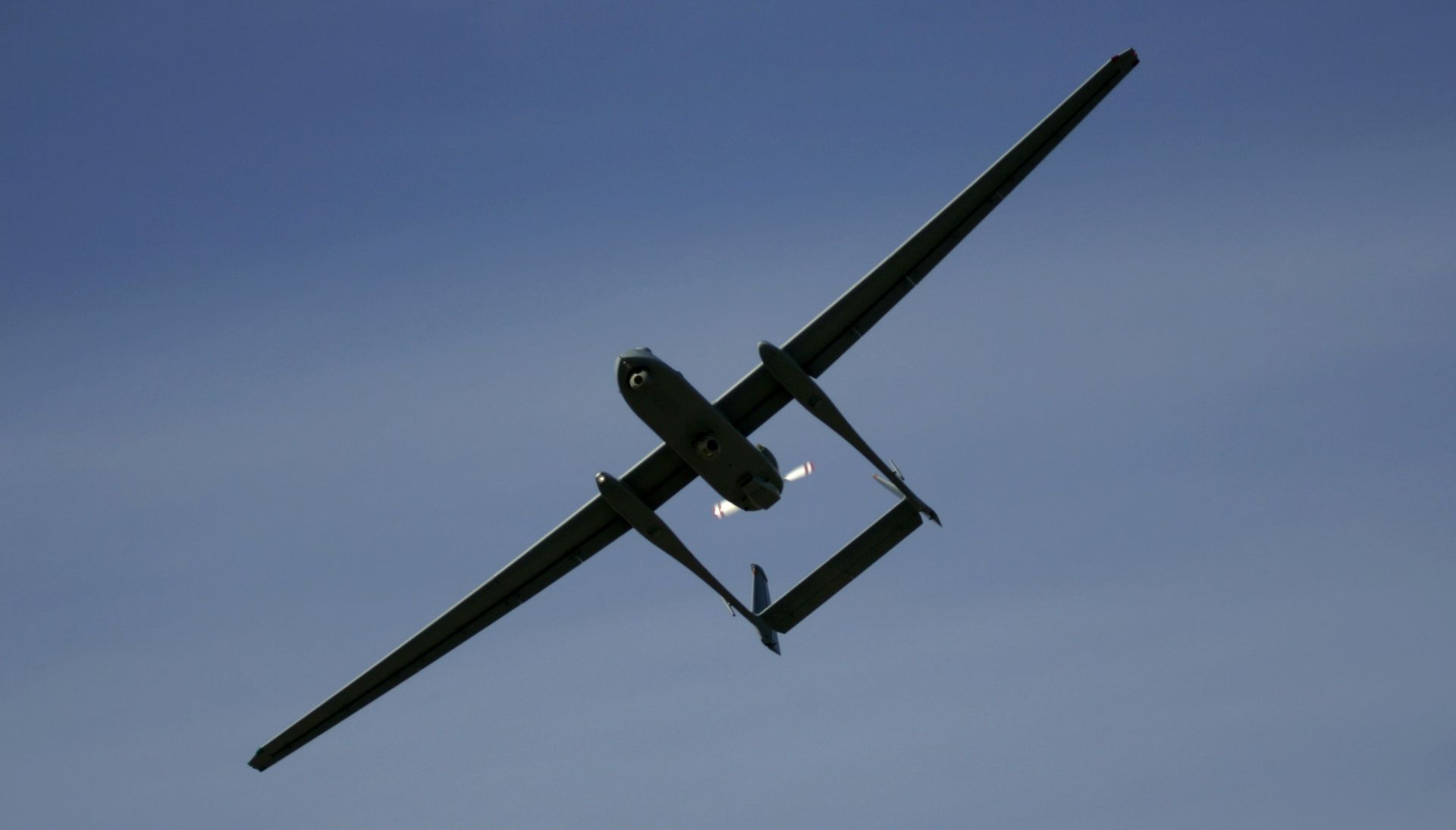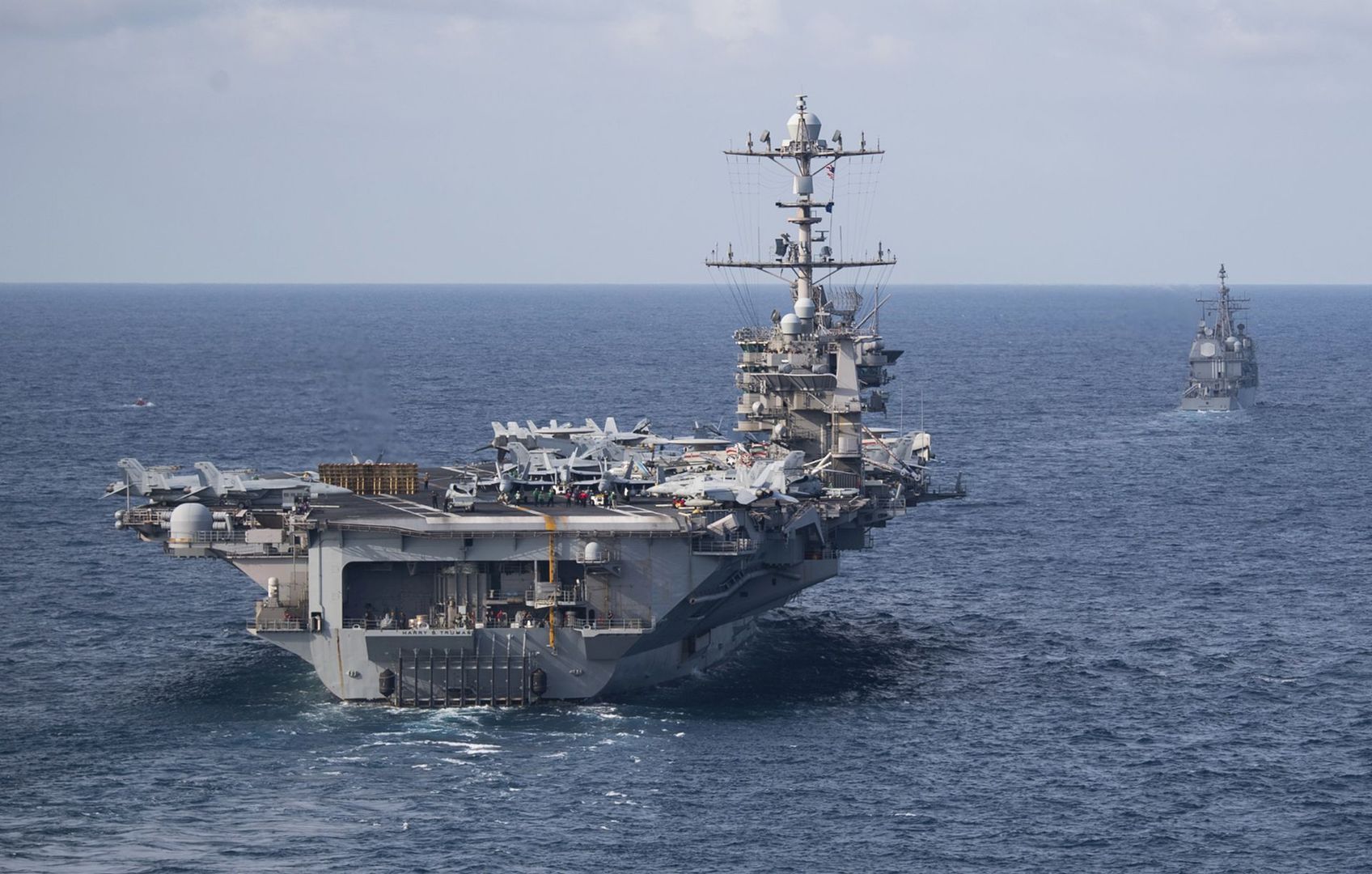US Air Force, HILL AIR FORCE BASE: Big business 21st century style comes with the obvious mandates of increased production, quality and efficiency.
Now, that same mindset is being embraced by institutions that, while not having the typical bottom line for stockholders, have customers who demand top quality for their dollar just the same.
At the Ogden Air Logistics Center, that means streamlining production and increasing efficiency by implementing some new-age technology. Advanced weapons systems require advanced technologies, so the center continually looks toward the future and acquiring new innovative technologies.
One such innovation the 309th Commodities Group here is using is high velocity oxygen fuel, or HVOF. Used to apply metals, metal alloys and other compounds to worn aircraft parts, the new process is safer, more reliable and saves money.
“The process itself involves mixing a fuel, like kerosene, propane, hydrogen or natural gas, with oxygen and then igniting the mixture while powders made up of metals, alloys and other compounds are fed into a combustion chamber and melted,” said Hal Olmstead, chief of the group's landing gear process engineering.
“The melted particles are then sprayed out of a gun at high velocity onto parts to be coated,” he said. “When the hot particles hit the part, they cool, re-crystallize and form a build-up on the part.”
Technological improvement in coating worn parts is important since the current process uses electroplated chromium.
“This involves the use of hazardous chromium chemicals. In addition to the hazards of the chemicals in the plating tank, the plating process generates large volumes of hazardous fumes,” Mr. Olmstead said.
“And those fumes have to be collected and scrubbed of all chromium through a regulated ventilation system,” he said. “Chrome-plating, along with most other plating operations, introduces elemental hydrogen into the steel, which leads to a phenomenon known as hydrogen embrittlement.”
If the hydrogen is left in high-strength steel parts, which make up most landing gear parts, it will cause the steel to lose its expected strength. That could lead to catastrophic failure if left unchecked, Mr. Olmstead said. To prevent that from happening, parts are baked for various times — anywhere from four to 24 hours at 375 degrees Fahrenheit — to ensure all induced hydrogen is baked out.
While the current HVOF system uses powders consisting of tungsten, cobalt, chromium and carbides, they are in their metallic form when fed into the combustion chamber and return to their metallic form when cool, so only the dust generated needs to be collected and filtered.
“This is much safer and easier to control than plating fumes,” he said. “Simply put, HVOF reduces the exposure and use of hazardous chemicals. And we're able to replace chrome with a coating that is more durable and gives better wearability, which reduces overhaul costs and extends part life. It's also easier for mechanics to use.”
By being able to create powders with metal and non-metal compounds, the coating can be engineered to produce the qualities maintainers are looking for — wear resistance, corrosion protection, ductility and other desirable metallurgical properties. It is also non-hydrogen embrittling, which eliminates risks and reduces the time it takes to process parts by reducing required bakes.
“Field tests have shown superior results compared to chrome plating,” Mr. Olmstead said. “And we'll save in longer-lasting parts needing less overhaul repairs and savings in environmental costs associated with chrome plating.”
Trump, Hegseth Announce Air Force’s Next Generation Fighter Platform
During a press conference at the White House today, President Donald J. Trump and Defense Secretary Pete Hegseth announced that...








